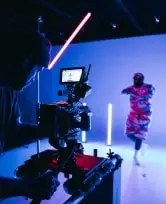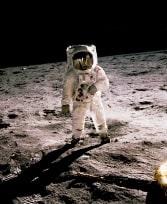

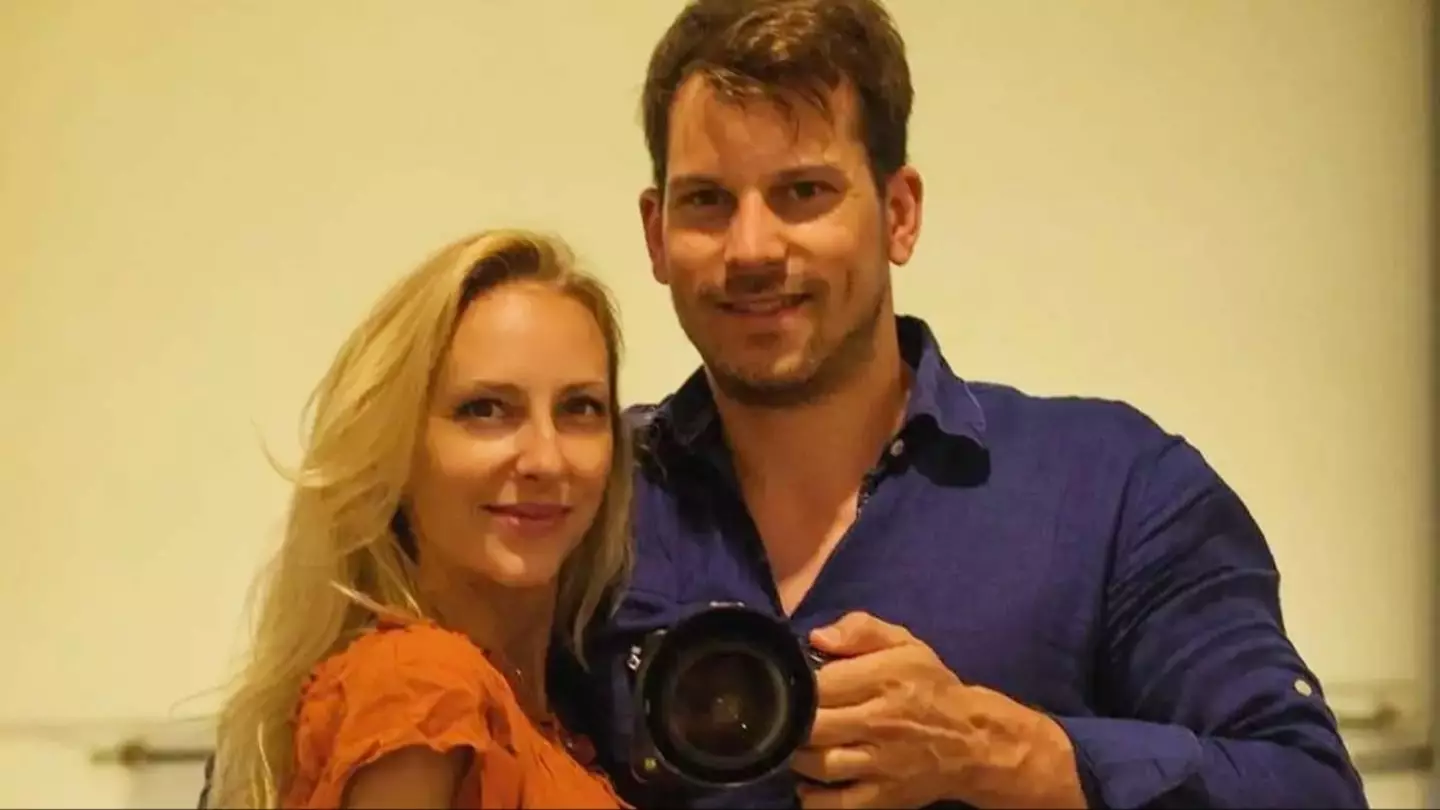
The model's body was found by her father
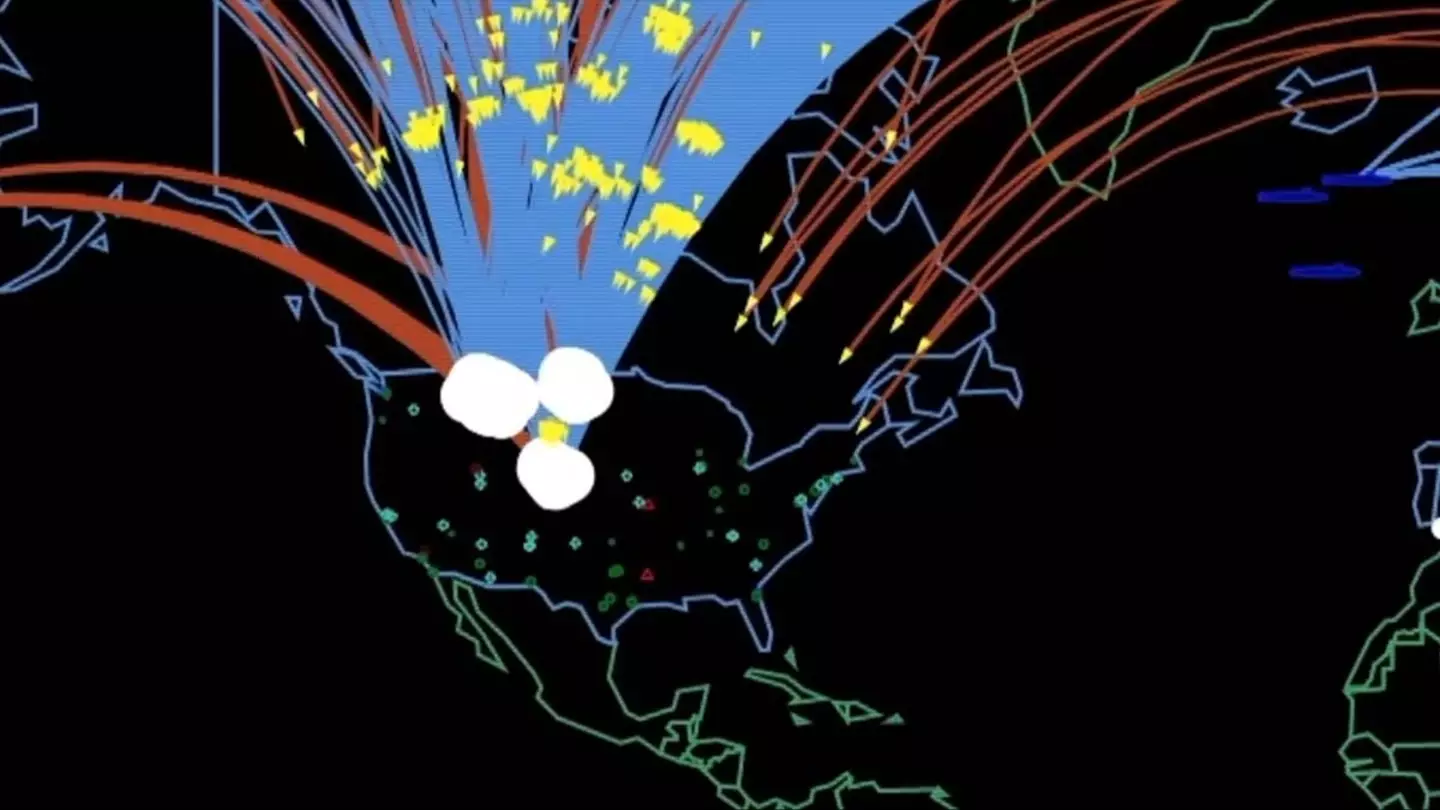
Millions of people would lose their lives

The so-called seers made some pretty eerie predictions

Bonnie Blue was raided by police after they got a tip

The winner's daughter will collect the prize on her behalf

What former Olympic snowboarder looks like now as FBI director brands him 'modern day Pablo Escobar'
The FBI have released a new photo of the alleged criminal
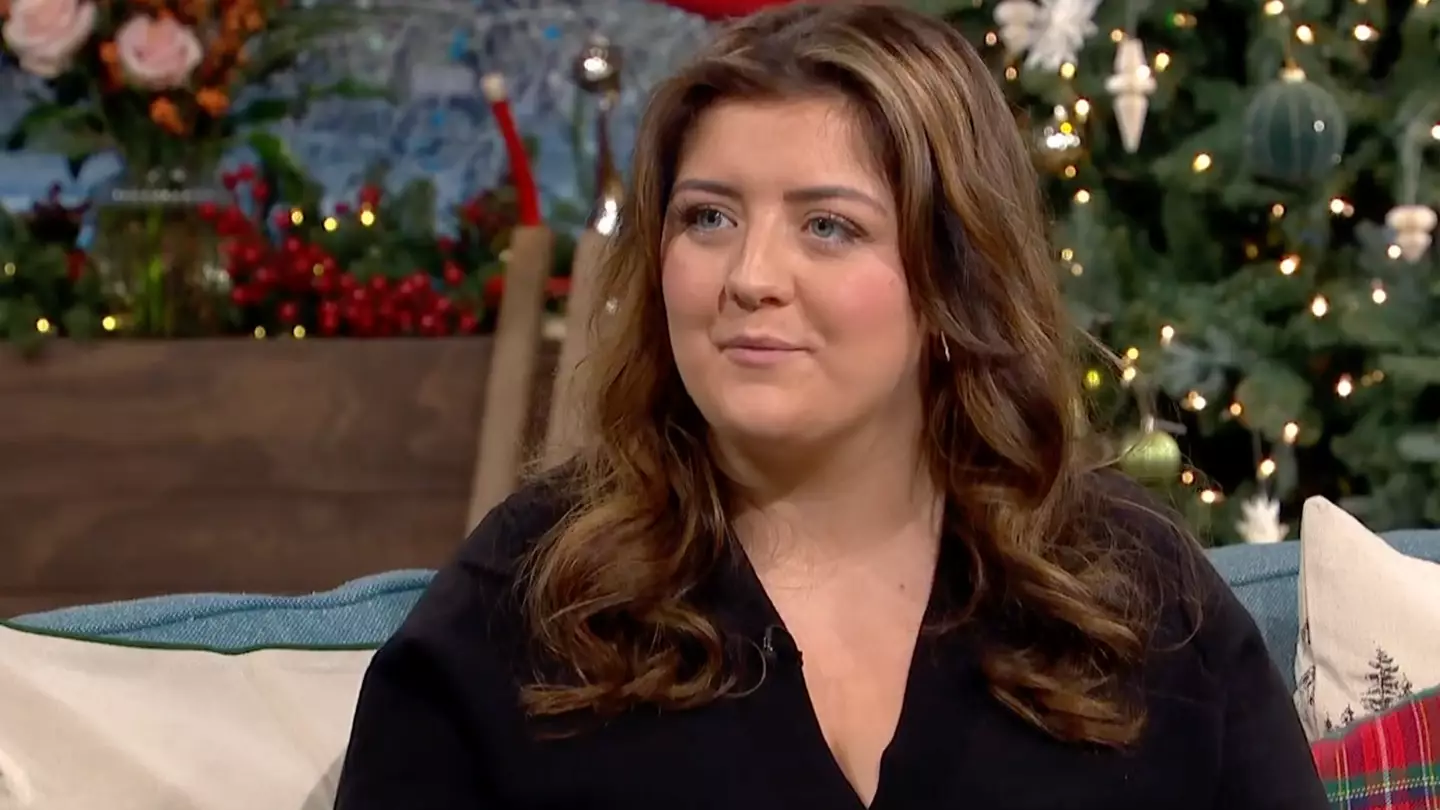
The woman said she noticed when she was 14 that there was an issue

It comes after Vladimir Putin warned Russia is 'ready' to fight should war break out in Europe

Riaz Ahmed Gohar Shahi's followers around the world believe humanity has just weeks left before armageddon

Chloe Mowday was placed into an induced coma after her organs shut down following a routine surgery

Russia has a list of key strategic sites that it could target
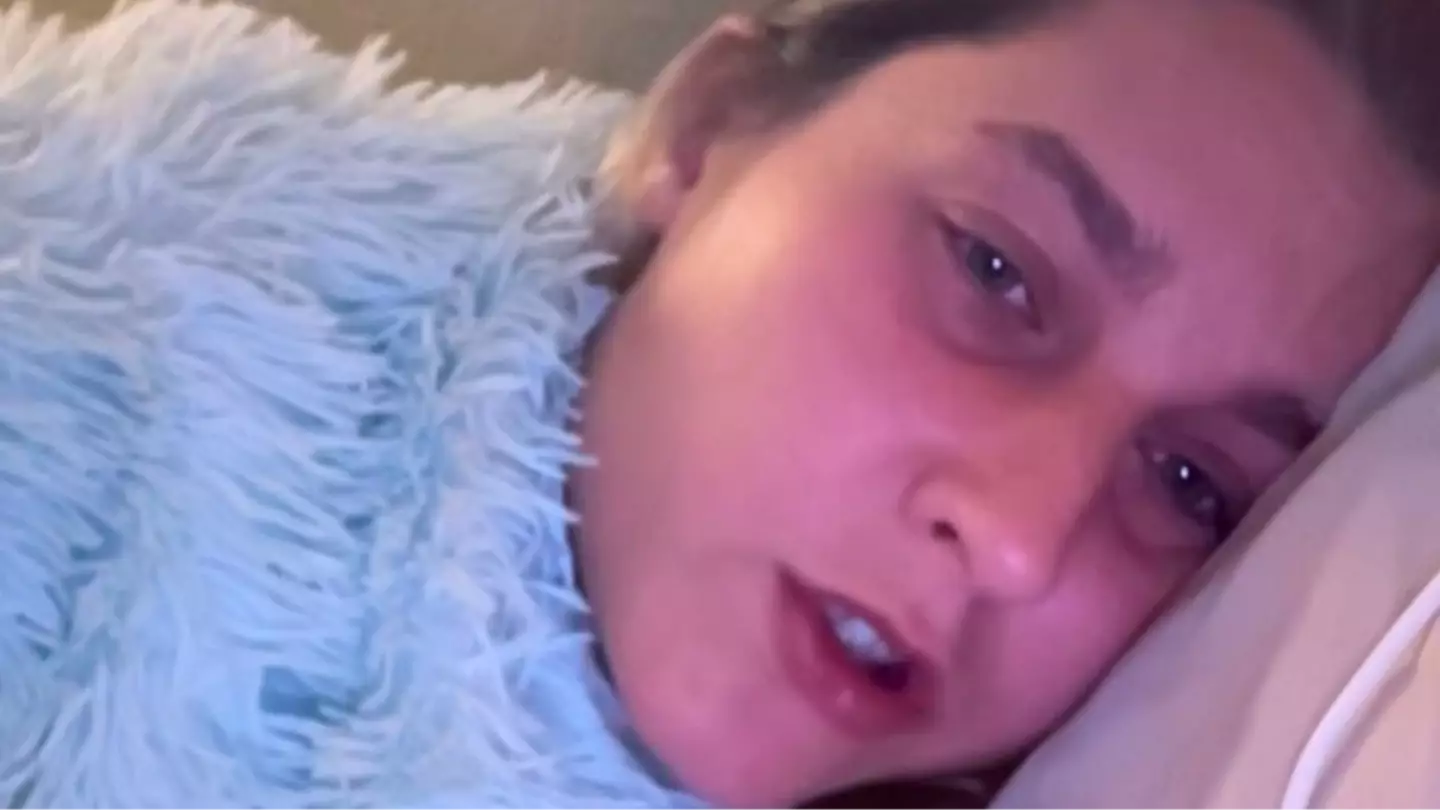
The mother was found by her two young children unresponsive

Tragedy has sadly struck at the Parisian museum once again

The seer's prediction could come true in just a matter of months

Prosecutors say the young woman was left to 'freeze to death' by her boyfriend

There are several themes centered around 'escapism' and some pop culture icons

The family of Virginia Giuffre wants to know where most of her money has gone
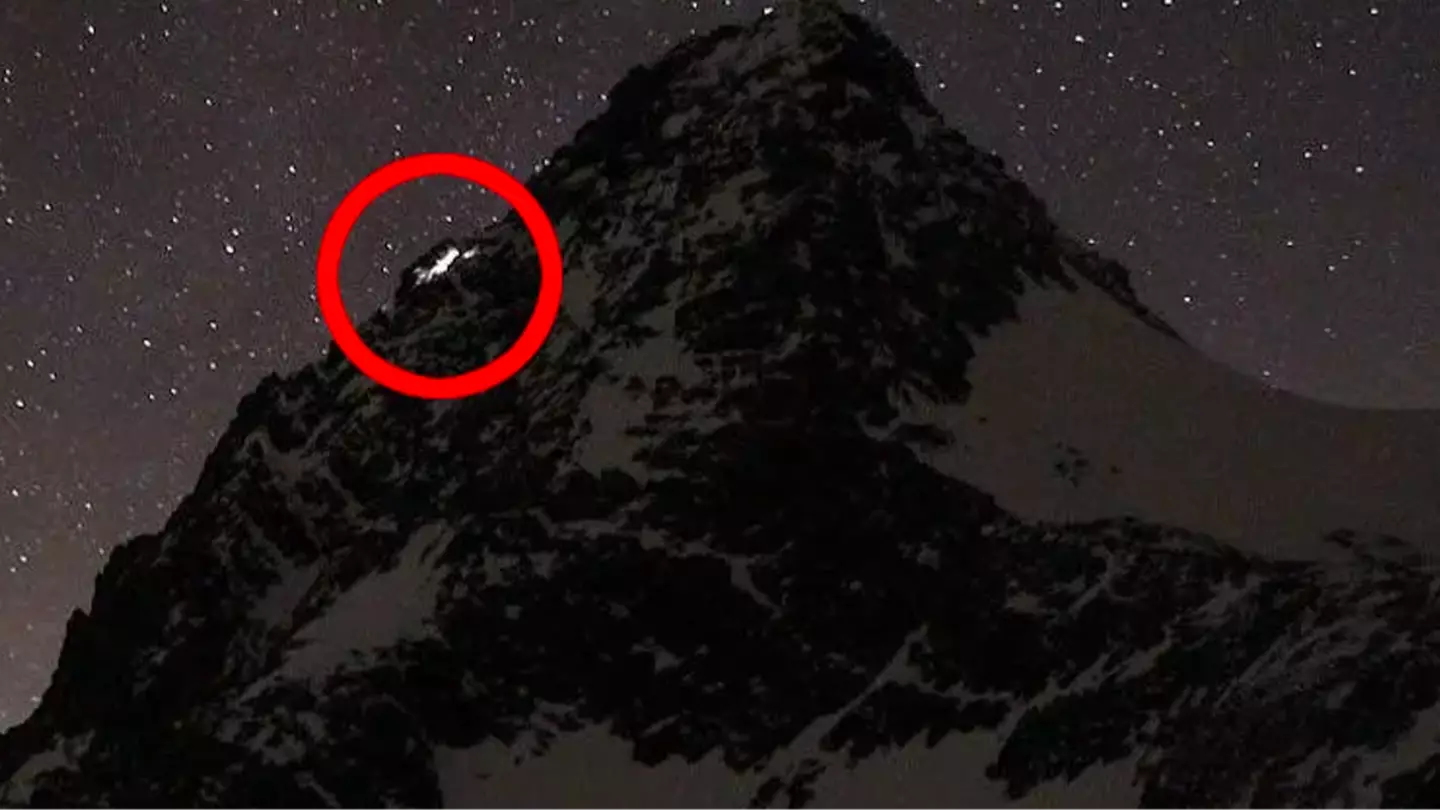
Prosecutors argue the man was the 'responsible guide' of the expedition before he left the woman there to die

The doctor has already gotten to human trials

Sister Gabriel has candidly spoken out about what her life is like as a nun

The man's trial will begin in February 2026

He recalled one visit overseas where half a dozen diplomats ended up being killed
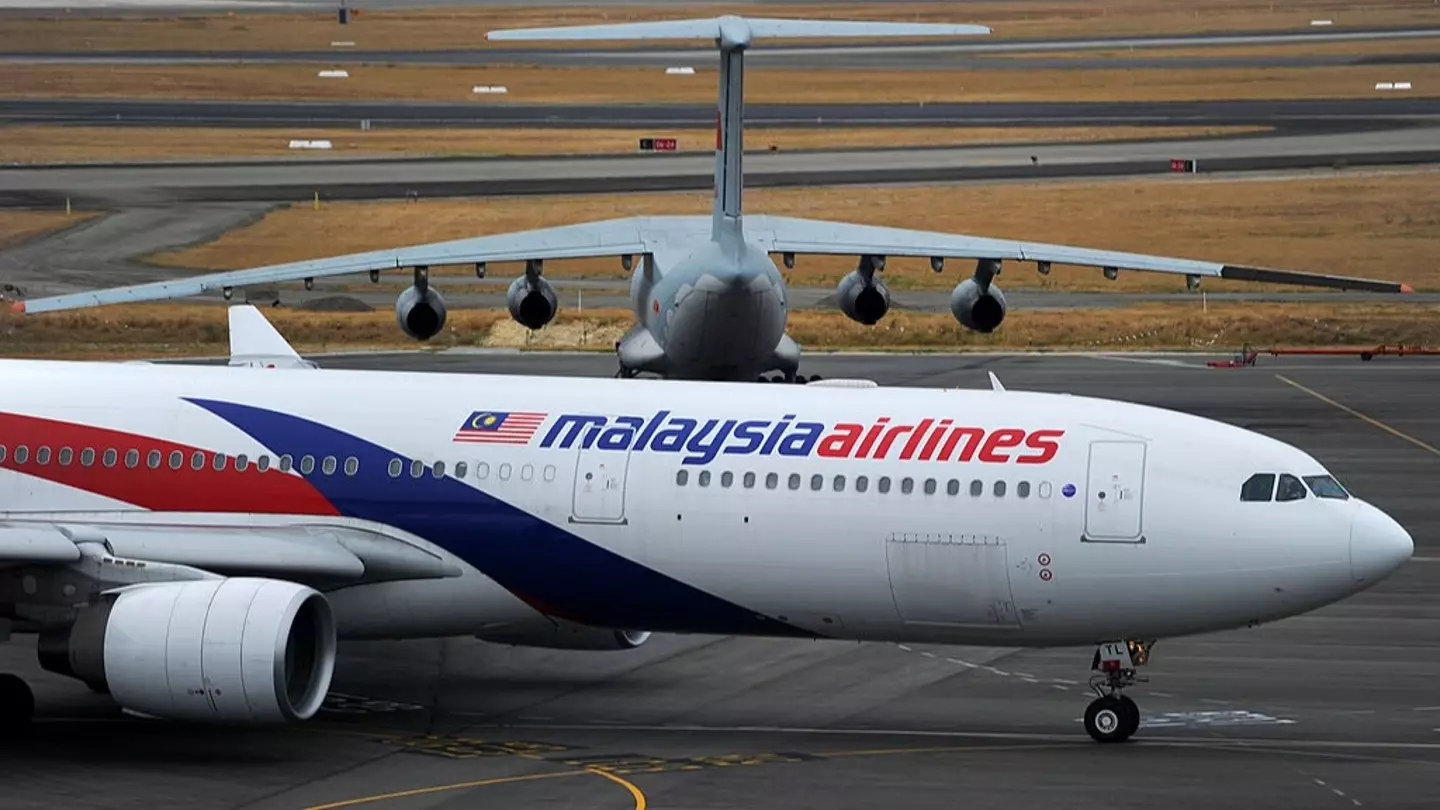
New data and drone technology has allowed the search for the missing MH370 flight to resume, 11 years after it vanished into thin air

